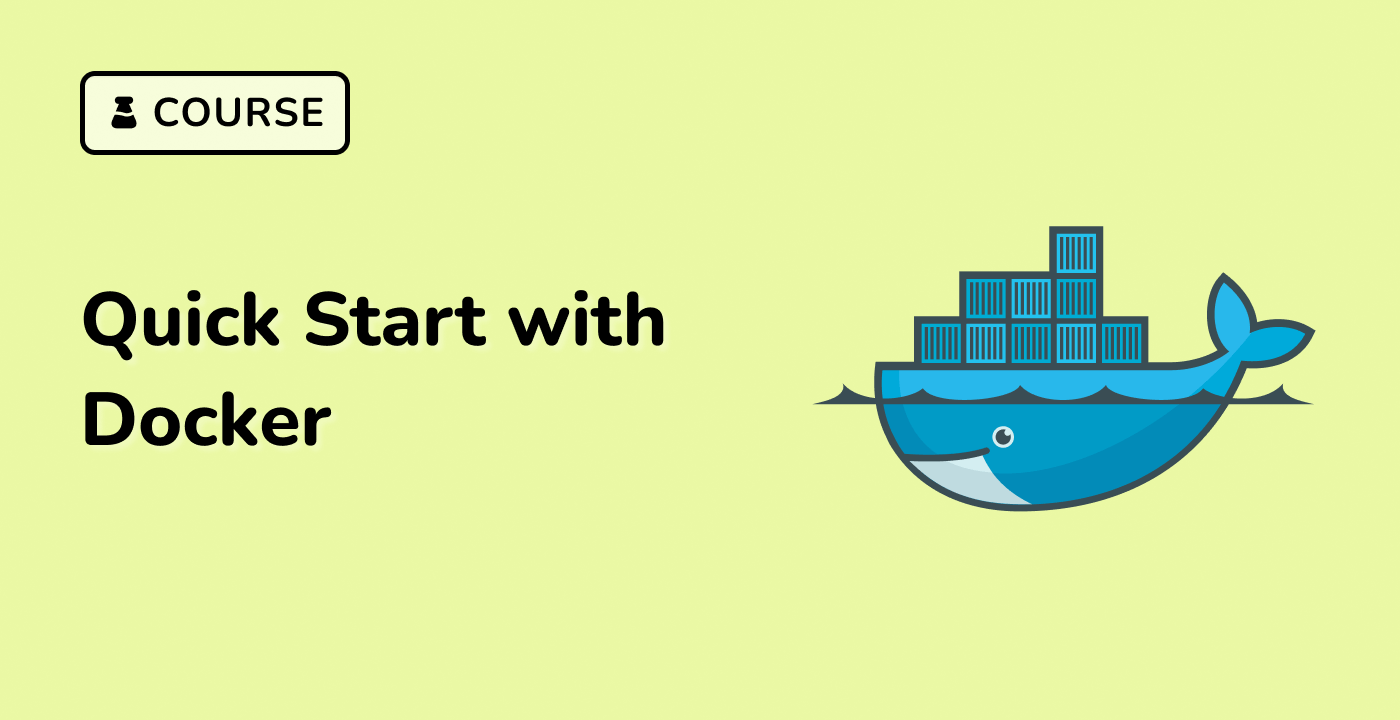Container Termination Methods
Overview of Container Termination
Container termination is a critical process in managing Docker containers. Different methods exist to stop and remove containers based on specific requirements and scenarios.
Standard Termination Methods
1. Graceful Shutdown (docker stop)
## Stop a container gracefully
docker stop container_name
## Stop multiple containers
docker stop container1 container2 container3
## Forcefully terminate a container
docker kill container_name
## Send specific signals
docker kill -s SIGTERM container_name
Termination Signal Hierarchy
flowchart TD
A[SIGTERM - Graceful Shutdown] --> B[SIGKILL - Forced Termination]
B --> C[Container Removal]
Termination Signals Explained
| Signal |
Name |
Description |
Default Action |
| SIGTERM |
Terminate |
Graceful shutdown request |
Terminate process |
| SIGKILL |
Kill |
Immediate termination |
Forcefully end process |
| SIGSTOP |
Stop |
Pause process execution |
Suspend process |
Advanced Termination Techniques
Batch Container Termination
## Stop all running containers
docker stop $(docker ps -q)
## Remove all stopped containers
docker container prune
Conditional Termination
## Stop containers older than 1 hour
docker ps -f "status=running" -f "before=1h" -q | xargs docker stop
Best Practices
- Use
docker stop for graceful shutdowns
- Implement proper signal handling in applications
- Utilize LabEx container management tools for efficient termination
- Monitor container lifecycle and performance
Error Handling and Logging
## Check container termination logs
docker logs container_name
## Inspect container exit status
docker inspect --format='{{.State.ExitCode}}' container_name
Termination Workflow
stateDiagram-v2
[*] --> Running: Container Active
Running --> Stopping: docker stop/kill
Stopping --> Stopped: Process Terminated
Stopped --> Removed: docker rm
Removed --> [*]
By understanding these termination methods, developers can effectively manage container lifecycles and ensure smooth application deployment and scaling.




